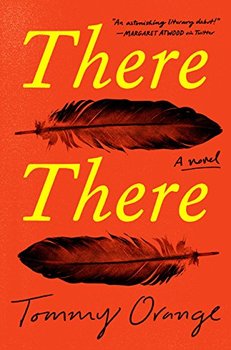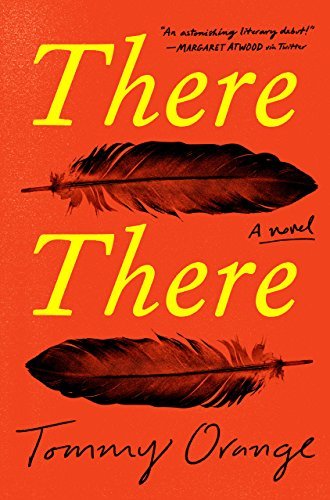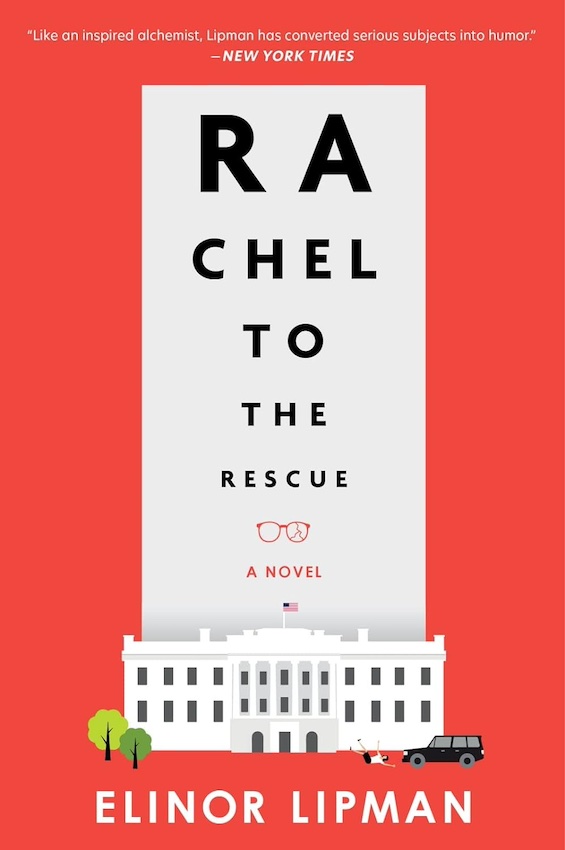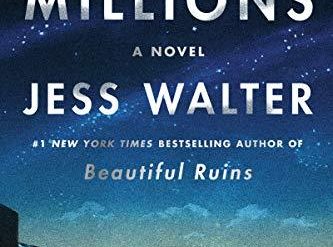
If you’re into alcoholism, wife-beating, absentee fathers, and drugs, or simply like to read about them, you may enjoy Tommy Orange‘s portrayal of urban Indian life in his new novel, There There. I didn’t. I cannot be persuaded that everyone in the urban Indian community is a loser or a criminal. It’s just not true.
Estimated reading time: 3 minutes
Unfortunately, this novel was enthusiastically received by critics nationwide. For example, Colm Toibin’s review in the New York Times (June 19, 2018) was headlined “Yes, Tommy Orange’s New Novel Really Is That Good.” I can only think that liberal guilt must have entered into the man’s thinking.
A grim view of urban Indian life
Admittedly, Orange does convey a sense of the beauty of Indian tradition and culture. It just comes across as an excuse to describe the ugly side of the urban Indian experience. The author’s stated objective in this book is clearly to tell Native American stories that come from that experience. In fact, the novel is all about stories, and stories within stories. It’s structured around the reflections of what I count as 15 individuals whose lives intersect in this loosely constructed tale. They’re not short stories: each moves the plot forward. And, to Orange’s credit, the tale culminates in a shocking conclusion. It’s just not a happy one, and it’s not very satisfying.
There There by Tommy Orange (2018) 304 pages ★★★☆☆
“Ninety percent lost their lives”
Yes, I’m well aware of the genocide committed by European settlers from the fifteenth through the nineteenth centuries. Originally, the Native American population of the New World was enormous, but ninety percent of them lost their lives to four centuries of European conquest. And our own country’s history is steeped in racism against all people of color, especially African-Americans, Indians, Asians, and, more recently, Latinos. Some of our most celebrated national leaders were racist to the core.
“The only good Indians are dead Indians”
For example, one of the characters in Orange’s novel quotes Theodore Roosevelt in a passage that was all too typical of our 26th President: “‘I don’t go so far as to think that the only good Indians are dead Indians, but I believe nine out of ten are, and I shouldn’t like to inquire too closely into the case of the tenth.'” (He made similar comments about Japanese, Chinese, Filipinos, and others whose skin was darker than his own.) Others suffered, but none of the other groups were murdered wholesale like Native Americans were. Not even close.
“The wound has never healed”
However, even if I weren’t familiar with this history, Tommy Orange wouldn’t let me forget it: “The wound that was made when white people came and took all that they took has never healed.” Constant reminders like this are scattered throughout this book. They’re certainly capable of igniting liberal guilt.
For further reading
This is one of the many Good books about racism.
Another Native American author has done a far better job of conveying the reality of Indian life in America: Louise Erdrich. I’ve reviewed two of her novels here: The Round House (Louise Erdrich’s haunting new novel of a brutal crime on the reservation) and The Plague of Doves (Tragedy, on and off the reservation). It’s true that Erdrich writes about Native American life on reservations, and in the Midwest at that, while Orange’s novel focuses on urban Indians in California. But you’re likely to find her work far more rewarding.
And if you’d like other, more enjoyable books to read, check out my post, Top 10 great popular novels.
And you can always find my most popular reviews, and the most recent ones, on the Home Page.


























